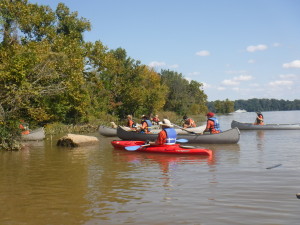In a posting on the website Sportwaiver, the point is made that exercising sensible and competent risk management procedures has many benefits, including (1) avoiding involvement in costly litigation, which could drag on for years, (2) avoiding bad publicity and loss of goodwill, not to mention (3) the primary goal of protecting the lives and welfare of those participating in the activity.
In the incident of interest in the posting, an expert witness identified the following failings of the defendant’s business, which involved a gymnastics activity and a foam landing pit:
- failing to ensure that the participant possessed an adequate level of performer readiness to safely participate in the intended activity;
- failing to provide adequate supervision of the open gym participants;
- failing to instruct the participant on how to land safely in a loose foam landing pit;
- failing to provide a reasonably safe physical environment for the intended gymnastics activity; and
- providing a dangerous foam pit.
The conclusion reached in the posting is applicable to Scouting activities, where youth are many times involved in activities with which they are unfamiliar:

- learn all you can about risk management;
- apply what you learn to keeping your clients safe;
- provide a safe facility (quality equipment, regular inspections);
- make certain the client is physically capable of the activity (in terms of fitness, skill, and knowledge);
- provide instruction when needed;
- provide trained supervisors (and supervise your supervisors); and
- establish safety rules as appropriate, inform clients of the rules, and enforce the rules.
Good points indeed, as wrongful death lawsuits can soon follow a tragedy whose outcome seems needless and avoidable.
The practice of good risk management procedures by adult volunteers, taken together with practice of, and adherence to, BSA’s policies and procedures, should go a long way toward a successful and rewarding activity.
